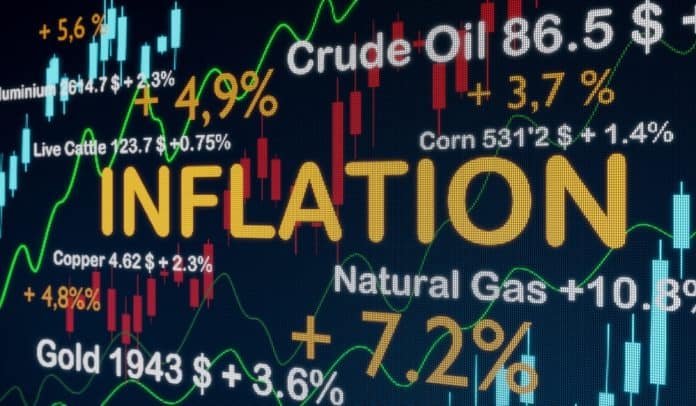Inflation and export performance are two key economic indicators that significantly influence a country’s economic growth and stability.
The relationship between these factors is multi-faceted and subject to various internal and external dynamics. This article aims to explore the complex nature of the relationship between inflation and exports, highlighting the potential impacts and mechanisms at play.
Inflation can have a direct effect on export pricing dynamics. When inflation is high, production costs tend to increase, including labor, raw materials, and energy expenses. As a result, exporting firms may face challenges in maintaining price competitiveness in international markets. High inflation erodes the purchasing power of consumers, both domestically and abroad, which can lead to reduced demand for exports.
Inflation also influences exchange rates, which in turn affects export competitiveness.
High inflation often leads to a depreciation of the national currency. A weaker currency can enhance export competitiveness by making exports more affordable and attractive to foreign buyers. Conversely, low inflation or deflation can lead to a stronger currency, potentially making exports relatively more expensive and less competitive.
Inflation expectations play a crucial role in export planning and decision-making. When inflation is high and volatile, businesses may face uncertainty about future costs, pricing, and profitability. This uncertainty can deter export-oriented investments, as firms become cautious about long-term commitments and contracts. Conversely, low and stable inflation fosters a favorable business environment, encouraging export-oriented activities and investment.
Inflation also affects the domestic demand for imports. High inflation can make imported goods relatively more expensive, potentially leading to a shift in consumer preferences towards domestically produced goods. This increased demand for domestic products may indirectly benefit export-oriented industries by allowing them to capture a larger share of the domestic market.
Managing inflation and its impact on exports requires a coordinated approach. Central banks and policymakers can implement measures to control inflation, such as adjusting interest rates, implementing fiscal policies, or employing monetary tools like quantitative easing. Balancing price stability and export competitiveness becomes a key challenge, as excessively low inflation or deflation can also have adverse effects on exports.
The relationship between inflation and export performance is intricate and influenced by numerous factors.
While high inflation can pose challenges to export pricing and competitiveness, other variables such as exchange rates, inflation expectations, and domestic demand for imports play significant roles. Striking a balance between price stability and export growth requires careful policy considerations and proactive measures to ensure a favorable business environment for exporters.
Understanding and monitoring the dynamics between inflation and exports are essential for policymakers, businesses, and researchers to make informed decisions and foster sustainable economic development. Further studies and empirical analyses are necessary to gain deeper insights into specific contexts and determine effective strategies to mitigate the potential negative effects of inflation on export performance.




